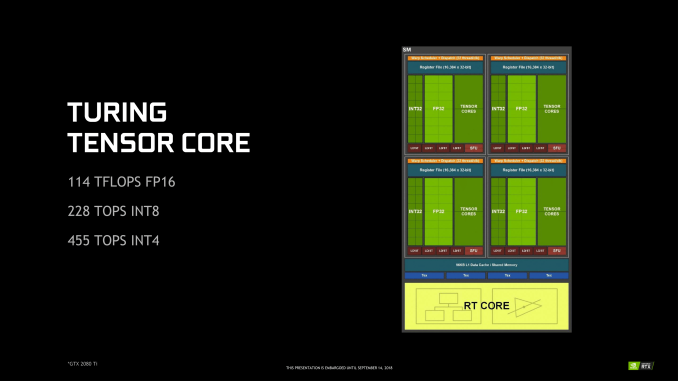It won't and shouldn't work this way. I'd argue Microsoft with DirectX has probably been at this far longer and was pretty instrumental in Nvidia's hardware implementation of RT for their GPUs, will be for AMD's own and has worked with many other hardware vendors as well as engine creators towards implementation of the technique. What many game engines and GPU manufacturers are building in support for, and companies such as Nvidia have created hardware acceleration solutions to take advantage of, is quite literally called Microsoft DirectX Ray Tracing. Microsoft made it.
If you just want to see what DirectX Raytracing can do for gaming, check out the videos from Epic, Futuremark and EA, SEED. To learn about the magic behind the curtain, keep reading. 3D Graphics is a Lie For the last thirty years, almost all games have used the same general...

devblogs.microsoft.com
As far as it taking away from the percentage of the 12TF it simply won't work that way. The way Nvidia does it, for example, is they literally use far more powerful versions of their equivalent Compute Units (in Nvidia's case Streaming Processors) but despite being as powerful as they are, they are far more simplistic and stripped down in nature and don't have nearly the degree of flexibility as a typical Nvidia Streaming Processor or CUDA core that is used to make up the GPU's teraflops figure. This is why Nvidia advertises also Ray Perf such as 10GRays/s or things like "RTX-OPs". They are considered different entirely, and as such could not be used for the GPUs fp32 single precision teraflop count.
If it worked that way, Nvidia would call their RTX 2080 Ti, which is anywhere between an 11.7TFLOPS and 13.4TFLOPS card much more powerful than that
since each RT Core in the RTX GPUs contains 114TFLOPS of FP16 performance. That's how powerful a single RT Core in an RTX 2080 or 2080 Ti is.
Short version: If Xbox Series X has whatever version of hardware accelerated ray tracing that AMD is using, it likely won't be counted as apart of the GPUs 12Teraflop fp32 single precision number. It'll have it's own entirely separate metric for measurement, like what Nvidia came up with for their RTX cards.







